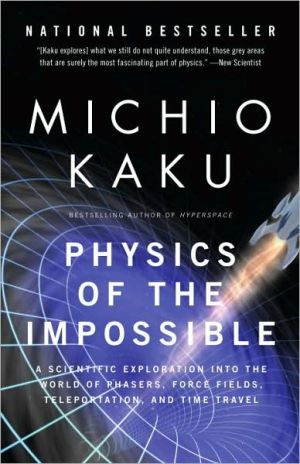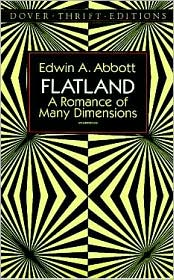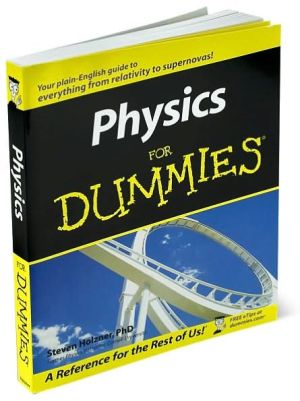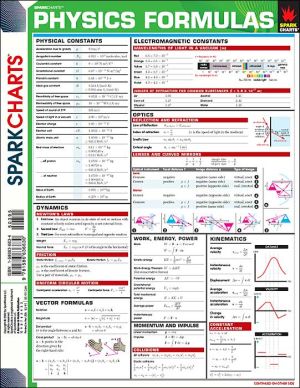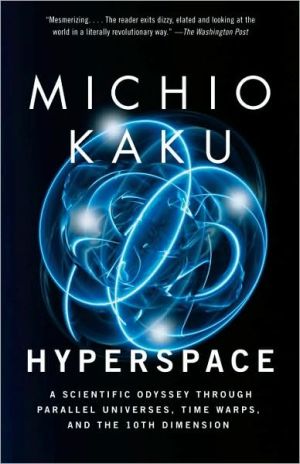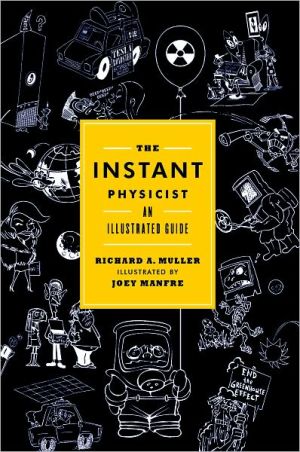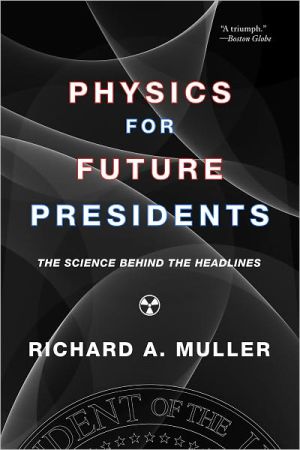The Motion Paradox: The 2,500-Year Old Puzzle Behind All the Mysteries of Time and Space
The epic tale of an ancient, unsolved puzzle and how it relates to all scientific attempts to explain the basic structure of the universe\ At the dawn of science the ancient Greek philosopher Zeno formulated his paradox of motion, and amazingly, it is still on the cutting edge of all investigations into the fabric of reality.\ Zeno used logic to argue that motion is impossible, and at the heart of his maddening puzzle is the nature of space and time. Is space-time continuous or broken up like...
Search in google:
The epic tale of an ancient, unsolved puzzle and how it relates to all scientific attempts to explain the basic structure of the universe At the dawn of science the ancient Greek philosopher Zeno formulated his paradox of motion, and amazingly, it is still on the cutting edge of all investigations into the fabric of reality. Zeno used logic to argue that motion is impossible, and at the heart of his maddening puzzle is the nature of space and time. Is space-time continuous or broken up like a string of beads? Over the past two millennia, many of our greatest minds—including Aristotle, Galileo, Newton, Einstein, Stephen Hawking, and other current theoreticians—have been gripped by the mystery this puzzle represents. Joseph Mazur, acclaimed author of Euclid in the Rainforest, shows how historic breakthroughs in our understanding of motion shed light on Zeno’s paradox. The orbits of the planets were explained, the laws of motion were revealed, the theory of relativity was discovered—but the basic structure of time and space remained elusive. In the tradition of Fermat’s Enigma and Zero, The Motion Paradox is a lively history of this apparently simple puzzle whose solution—if indeed it can be solved—will reveal nothing less than the fundamental nature of reality. New Scientist This is one of the most fascinating science books I have ever read. It tells the story of the 2500-year quest to gain an understanding of the slippery concept of motion. Beginning with the Greek paradoxes that showed that motion is utterly impossible, the book progresses through Galilean relativity, Einsteinian relativity and superstring theory, finally coming up to date with the still unresolved question of whether space and time are continuous or grainy. Joseph Mazur has succeeded in telling a fresh and untold story with clarity and style.
\ BooklistMazur's account achieves an entrancing verbal clarity... a fine example of popularizing a famous philosophical mind-bender.\ \ \ \ \ New ScientistThis is one of the most fascinating science books I have ever read. It tells the story of the 2500-year quest to gain an understanding of the slippery concept of motion. Beginning with the Greek paradoxes that showed that motion is utterly impossible, the book progresses through Galilean relativity, Einsteinian relativity and superstring theory, finally coming up to date with the still unresolved question of whether space and time are continuous or grainy. Joseph Mazur has succeeded in telling a fresh and untold story with clarity and style.\ \ \ Publishers WeeklyThe Greek philosopher Zeno sought to reveal that motion and speed were logical impossibilities; one of his famous four paradoxes argued that a moving object can never reach its destination, because it must first travel half the distance, then half the remaining distance, and so on. In this entertaining, informative diversion, Mazur (Euclid in the Rainforest) spins out the discoveries of the mathematicians and scientists who have grappled with the riddles of time and space over the last two millennia, from Aristotle up to Heisenberg and contemporary string theorists. Yet for all their answers, the fundamental premise that motion is an illusion created by consciousness still remains. Many elements of the story, such as the astronomical breakthroughs of Galileo and Tycho, or the simultaneous development of calculus by Leibniz and Newton, have been discussed in greater detail in other recent books. But Mazur spins a good yarn, and his conversational tone holds readers' attention even as the mathematical formulae pile up in later chapters. (Apr.)\ \ Copyright 2007 Reed Business Information\ \

